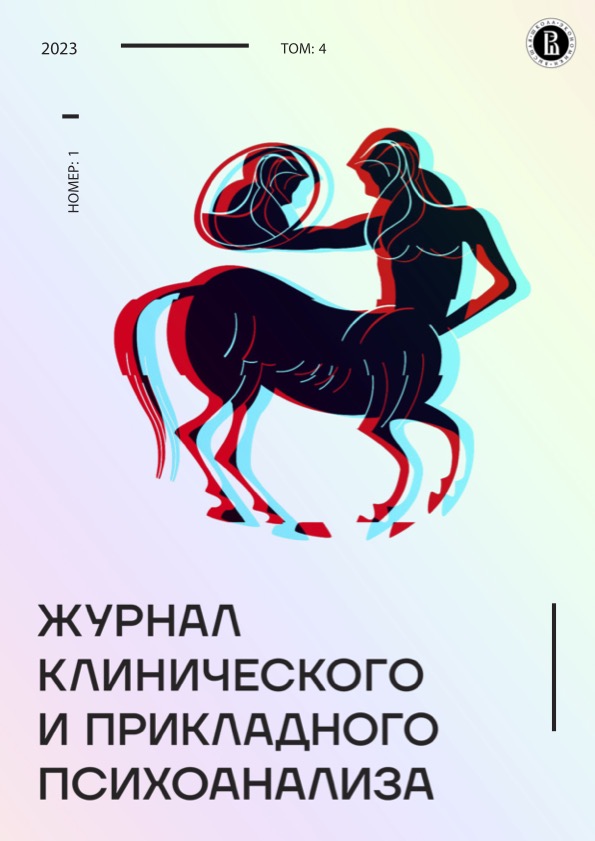Secret of Sublimation (Part 2)
Psychoanalytical concepts
Abstract
In the second part of the article sublimation is considered within the primal phantasies "returning to the womb", to Nirvana (on the side of life or death). We are also talking about the object of sublimation, depending on the level of mental functioning of the subject (neurotic, narcissistic, psychotic). Talking about the mechanism of sublimation, we can separate the phenomena of inspiration from compulsion and separate sublimation from reaction-formation, working-through and "sublimations" (necessary for culture). In sublimation you can fi nd the autoerotic level (masturbatory compulsion), the narcissistic level (fetishizing, projecting and idealizing) and the level of the highest symbolic activity, organized according to the principles of the "blooming and noble" game (Huizinga). Thinking through sublimation shows an objectifi cation and symbolizing functions. Is libido alone the engine of true sublimation, revealed at all its levels – from autoerotic to playful and symbolic? Can we give an unambiguous answer about what sublimation is and explain its nature?

